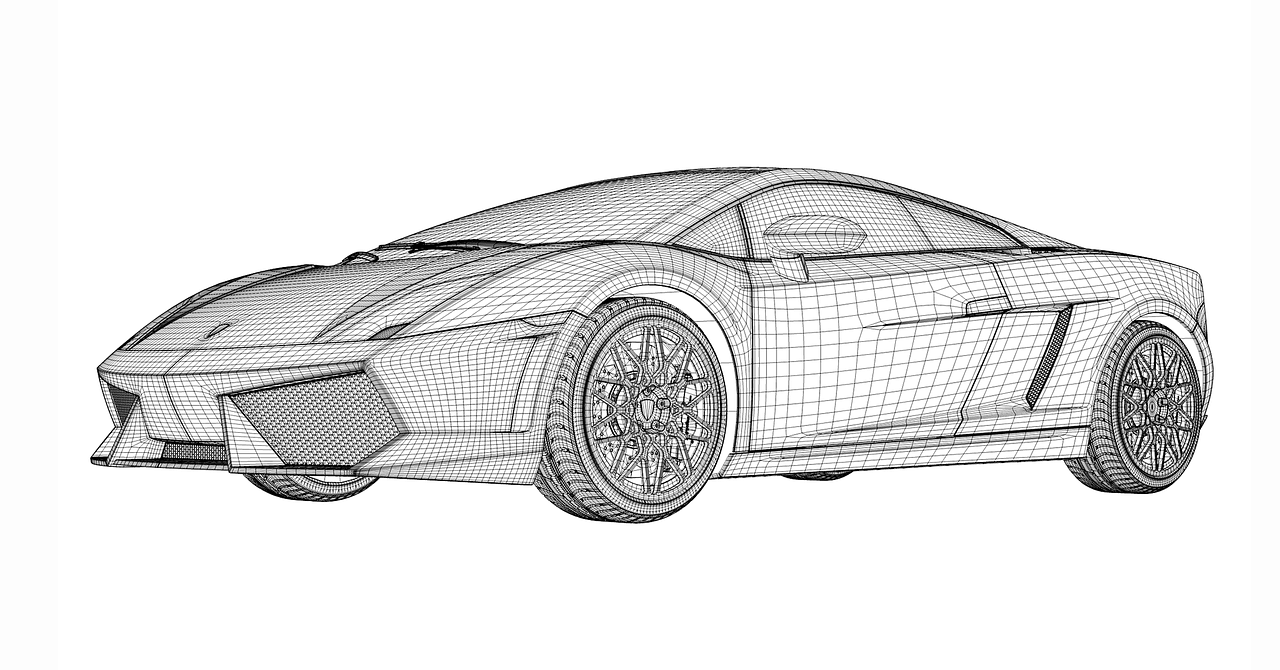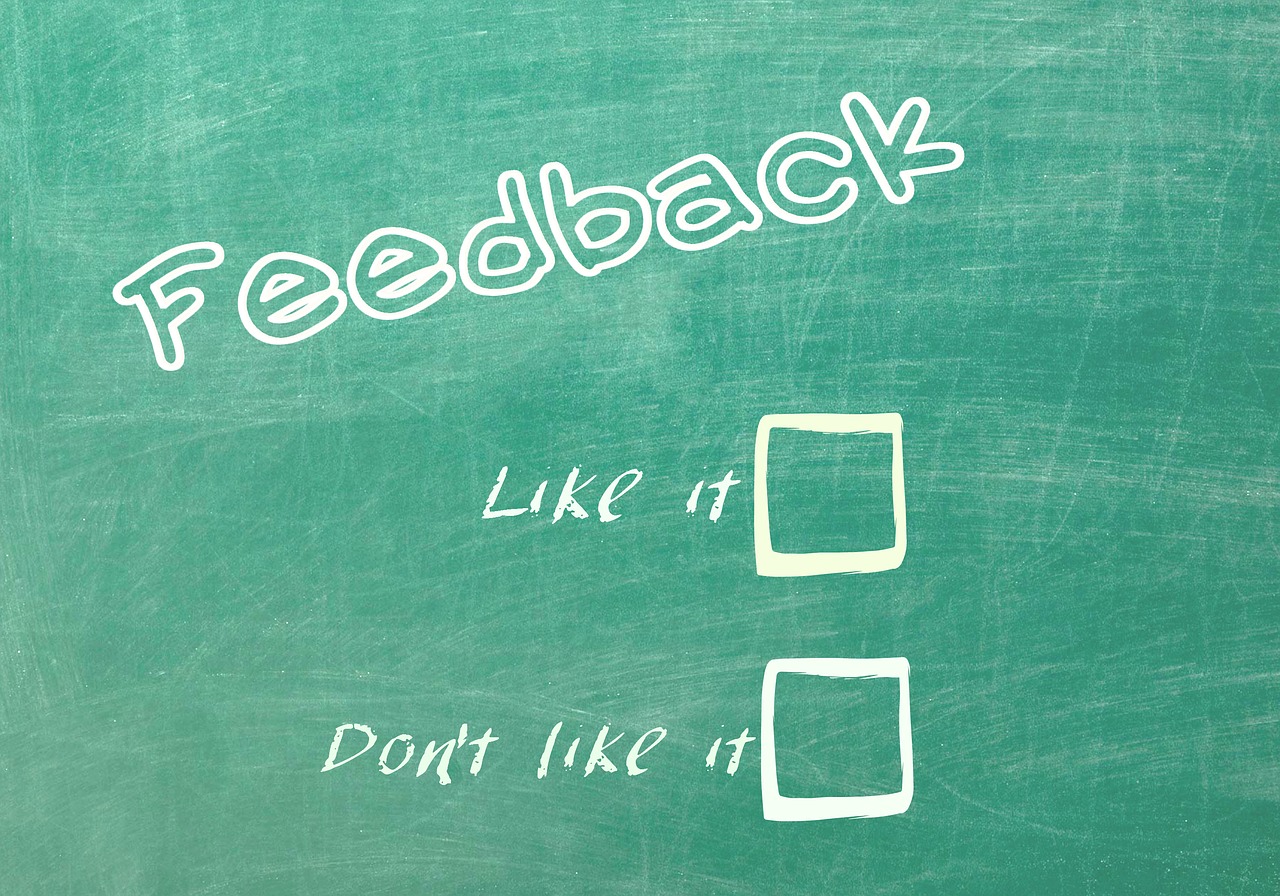
Designers, more often than not, ignore the process of prototyping before finalizing concept models. Most think prototyping is a waste of time and money. Couldn’t a 3D model achieve the same result? Some are simply confused about what prototyping actually is. Prototyping across many industries refers to creating a highly realistic model of the product solely for testing or promotional purposes. It’s different to building a computer or 3D versions of design models, which are hard to interact within a realistic sense.
Prototyping can be one of the many stages of developing a high-quality, error-free product. Here is a list of advantages prototyping can offer designers in various fields:
Table of Contents
Proof of Design Concept
Many developers overlook proof of concept prototypes because they have a short lifespan. Proof of design prototypes may not survive rigorous testing, but these models provide valuable information regarding the practicalities of the design concept. These prototypes can facilitate the creative process of design and point out mistakes early in a highly realistic manner. Developers can have several concepts prototyped to make informed, data-based decisions on which models to move forward with. Prototyping can eliminate some confusion of the design process as well, especially if multiple teams or many employees are involved. While these prototyping models are not built to last, they can be highly valuable in many other ways.
Rapid Implementation
Prototyping can actually fast-track the implementation process by removing many of the quality bottlenecks product launches face. Prototypes can help designers and developers immediately spot major problems present in products. Because prototyping occurs during the development stage, that still leaves plenty of time to do a course correction if necessary. The result is fewer or no errors during the final product unveiling stage. Buggy products can hurt sales and brand reputation. Using prototypes in advance to determine whether users can interact with the product as the designer intends, therefore, helps perfect the final product that goes into the hands of the consumer.
Cheap Prototyping is Possible and Available
Much of the costs of prototyping in the past were associated with expensive materials used in the products. Nowadays, prototypes can be made for far less using inexpensive and alternative materials. Cheaper new materials can realistically replicate shapes and features of products, and ultimately mimic real functionality as well.
Companies like Wayken specialize in creating concept prototypes using inexpensive material without compromising the overall quality of the prototype. The company is experienced in visually replicating products near exactly as prototypes. Wayken uses a number of materials to build prototypes according to what the customer desires, including aluminum, acrylic, acetal,and nylon. The company has pioneered the use of ABS plastic, which is a highly budget-friendly material for prototypes that even cash-strapped designers can afford. ABS is cheap but has incredible mechanical strength that makes the material perfect for engineering high-impact prototypes. The company employs a wide range of manufacturing tech to develop prototypes, some of which allows for creating different prototypes at the same time for side-by-side comparison. For example, CNC machining, stereolithography, and selective laser sintering allow the creation of dynamic and realistic prototypes without inflating costs. If your budget isn’t big enough for a specially made concept, you could always purchase materials from Simply Plastics and build your own prototypes.
Prototyping Reduces Overall Costs of Development
Prototypes do cost money, but the benefits they offer can eliminate many expensive costs associated with errors. Think about how costly it is to fix problems in products discovered after the product goes to the market. Designers, developers,and others can use prototypes to fine-tune final products in a manner that typical concept art does not allow. Companies not only have to pay developers to correct mistakes, there are additional costs associated with PR campaigns and reimbursements as well. In an overall sense, prototyping can actually save your company money.

Prototyping is also much less costly than ordering samples of the final product. Companies often place sample orders to test products before mass-market retail. These sample orders are the real product, so each would cost more. Prototypes are far cheaper to make realistically for testing purposes. As mentioned above, being specialized and seasoned manufacturers, Wayken can deliver the perfect testing prototype for the fraction of a cost of an original sample. All in all, companies can save significant amounts of money in the long term by using prototypes.
Benefit from Low Volume Production
Expensive products can be manufactured in low volumes at negligible costs with prototyping. Sectors such as medical and automotive can immensely benefit from low-volume prototype production in multiple ways. This method allows companies to meet product deadlines much earlier without accruing more costs or additional work. Furthermore, early low-volume prototyping allows affordable design modification. Modifying final product designs requires tooling modification, which is very expensive. Prototyping, on the other hands, doesn’t require tooling, so developers can benefit from surprisingly low costs. If a product needs to be rushed to the market, prototyping, like Wayken CNC machining, can speed up the process and eliminate typical errors.
Receive Better Feedback

Prototypes are designed to scale. Interacting with a prototype is not so different to interacting with the real product. Designers can thus use prototypes to obtain valuable user feedback to improve the final version. User feedback with prototyping is complete and is not based on a disproportional version of the product. Designers can rely more on such feedback to make improvements to the final product.
One major advantage of prototyping is that companies can present audiences with a highly realistic model of the product. Therefore, the resulting feedback would be as if it were based on the real deal. Prototypes can also be used highly effectively for visual presentations for feedback from clients or investors. Visual presentation prototypes can eliminate doubts and misunderstandings when it comes to gathering high-quality feedback or initial impression reviews.
Using prototypes is highly recommended before a product moves to mass manufacturing. Prototypes can eliminate much of the problems associated with mass production as well. Designers should use prototypes to validate data, reliability,and functionality of models. The cost savings down the line are significant when you create a prototype first. As the prototyping process has become cheaper in modern times, it’s a cost even startups can now bear.

